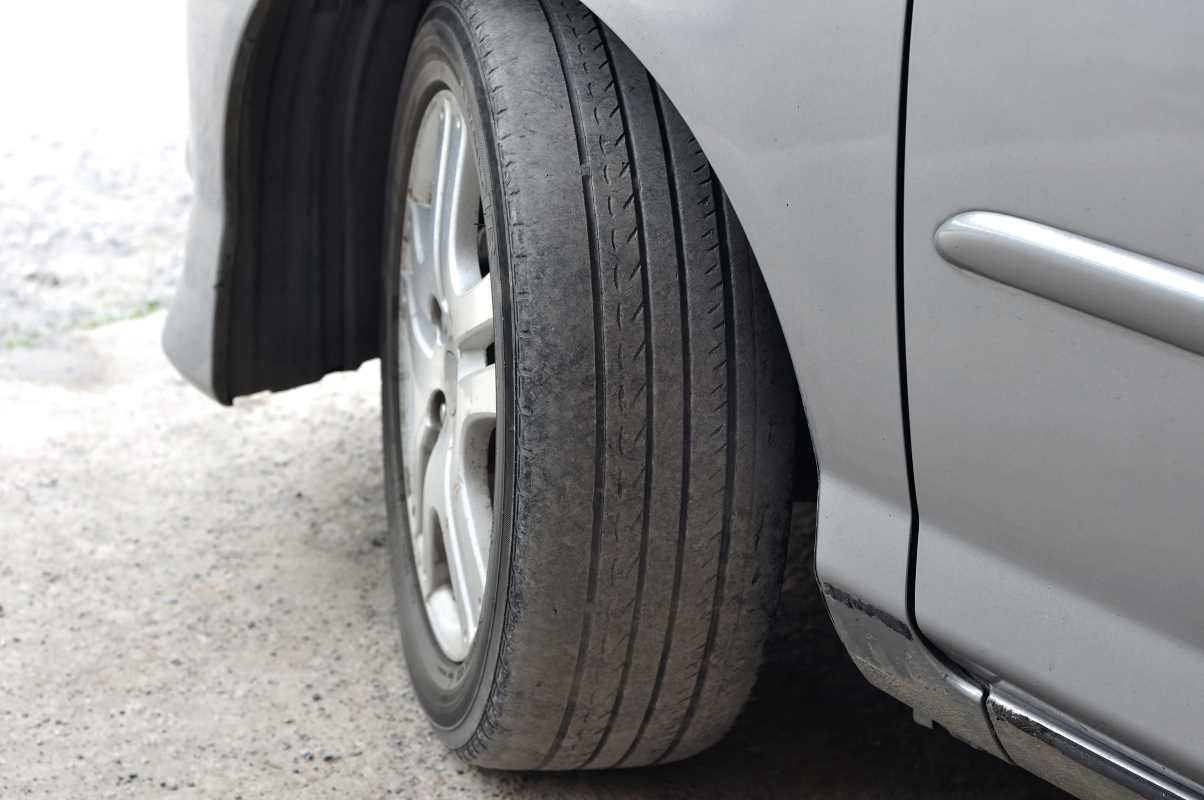Replacing tires might not be the most glamorous part of car ownership, but it’s one of the most important. The right tires do more than just get you from point A to point B; they keep you safe, improve your car’s performance, and even help save money in the long run. Whether you're navigating wet roads or trying to improve your gas mileage, the type of tires on your car can make a significant difference. Still, the process of shopping for new tires can often feel overwhelming, especially with numerous brands, sizes, and price points to consider. With the right knowledge and a clear plan, though, finding safe, reliable, and cost-effective tires can be much simpler than you think.
Understanding the Different Types of Tires
Before you can find the perfect tires for your vehicle, it’s helpful to understand the main types. Tires are designed for specific conditions and uses, so choosing the right kind can make your driving experience smoother and safer.
All-season tires are the most common and versatile choice. True to their name, they’re built to handle a variety of weather conditions, from sunny highways to rainy streets. They’re ideal if you live in an area with a moderate climate that doesn’t experience extreme weather. On the other hand, if you live somewhere with harsh winters, winter tires are worth considering. With softer rubber compounds and deeper treads, these tires are designed to grip icy and snowy roads better, giving you greater control in cold weather.
For performance enthusiasts, there are summer tires and performance tires. These are specifically crafted for dry or slightly wet conditions. Their design focuses on speed and agility, which means they aren’t ideal in snow or heavy rain but shine on warm, dry pavement. For those with trucks or SUVs often driven off-road, all-terrain or mud-terrain tires are key. These types of tires are made to handle rocky paths, mud, and irregular surfaces, offering durability for outdoor adventures.
Ultimately, the key to finding the right tires is to match their purpose with the conditions you’ll face most often.
Knowing When to Replace Your Tires
While it’s easy to postpone buying new tires, driving on old or worn-out ones can be unsafe. Tires don’t last forever, and keeping them on your car past their prime increases the risk of accidents. Recognizing the signs that your tires need replacing can save you from more costly issues later.
One of the easiest ways to check the condition of your tires is the tread depth. The tread is the part of the tire that grips the road, and it wears down over time. If the tread is too shallow, your car will have less traction, which can be dangerous on wet or slippery roads. A quick way to measure tread depth is to use the penny test. Place a penny into the grooves of your tire with Lincoln’s head facing down. If you can see the top of his head, it’s time for new tires.
Age can also impact a tire’s performance, even if the tread appears to be in good condition. The rubber in tires breaks down over time, especially when exposed to heat and sunlight. Most manufacturers recommend replacing tires every six to ten years, regardless of the vehicle's usage. You can find the manufacturing date printed on the tire’s sidewall, marked as a four-digit code. For example, if it reads “3520,” the tire was made in the 35th week of 2020.
Any visible damage, such as cracks, bulges, or punctures that can’t be repaired, is another warning sign that your tires need to be replaced. Driving on damaged tires is a safety risk, so it’s important to address these issues as soon as possible.
Shopping for Tires on a Budget
Tires can be an unexpectedly large expense for car owners, but staying within budget doesn’t mean compromising on safety. With a bit of research and savvy shopping, you can find high-quality tires at a reasonable price.
Start by looking for rebates and promotions. Tire manufacturers and retailers frequently offer discounts to encourage sales, especially during seasonal promotions. These can include direct cash-back deals, discounted installation services, or even free alignment checks with purchase. Keeping an eye on these promotions can save you a significant amount of money.
Another way to save is by opting for mid-range or private-label tire brands. While premium brands often dominate the market, lesser-known names can provide similar performance at a fraction of the cost. These brands may not have the same marketing budgets, but that doesn’t mean they skimp on quality. Major manufacturers own many and use the same base technologies.
Consider also checking out tire warehouses, wholesale clubs, or even online stores. Online retailers offer the advantage of customer reviews, which can provide valuable insight from other drivers with similar cars or driving habits. Many of these sellers ship directly to local service centers for installation, making the process seamless.
When comparing prices, factor in additional costs such as mounting, balancing, and disposal of old tires. These fees can add up, so make sure to ask if they’re included in the quoted price. Some retailers also offer road hazard protection plans, which cover repairs or replacements in case of punctures or damage.
Picking the Right Tires for Your Driving Style
Just as no two cars are exactly alike, every driver has different needs when it comes to tires. Your driving habits play a huge role in determining which tires are the best fit.
If you mainly drive short distances in the city, prioritize tires with excellent grip and low rolling resistance. These features enhance fuel efficiency and enable smooth operation during frequent stopping and starting, without wearing out prematurely. For long highway commutes, comfort and noise reduction might be higher on your priority list. Touring tires are designed with these factors in mind, providing a smoother, quieter ride over long distances.
Drivers who enjoy spirited, performance-focused driving can benefit from tires built for agility and grip, even at high speeds. These tires provide sharper handling but may wear faster than standard options. Meanwhile, drivers in rural or rugged environments often require tires that are durable and tough. All-terrain options are better suited for uneven surfaces and can handle light off-roading with ease.
Think about your typical driving conditions when selecting a tire. Wet traction, for instance, is crucial if rainy weather is common where you live, while snow traction is non-negotiable in areas with heavy winters.
The Importance of Proper Maintenance
After investing in new tires, proper maintenance is key to maximizing their lifespan and ensuring optimal performance. Tire pressure should be checked regularly, as underinflated or overinflated tires wear unevenly and can lead to reduced fuel efficiency. Most gas stations have air pumps, and you can find the correct pressure for your tires in your car’s manual or printed on the driver’s door frame.
Rotating your tires every 5,000 to 7,000 miles helps to distribute wear evenly. Front and rear tires often wear at different rates due to factors such as braking and steering, so rotating them can significantly extend their life.
Alignment checks are also crucial. Misaligned wheels can cause your tires to wear unevenly, negatively impacting your car’s handling. If you notice your car pulling to one side or uneven tread wear on your tires, it’s a good idea to have your alignment inspected.
By caring for your tires, you’ll not only save money over time but also improve your overall driving experience. The smoother, safer ride is worth the effort to keep up with regular maintenance.
Taking the time to understand your tire options and shopping with a clear plan can make the process much easier and more rewarding. With the right knowledge, you’ll find tires that keep you safe, fit your driving style, and stay within your budget.
 (Image via
(Image via





